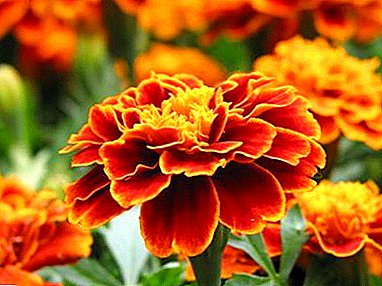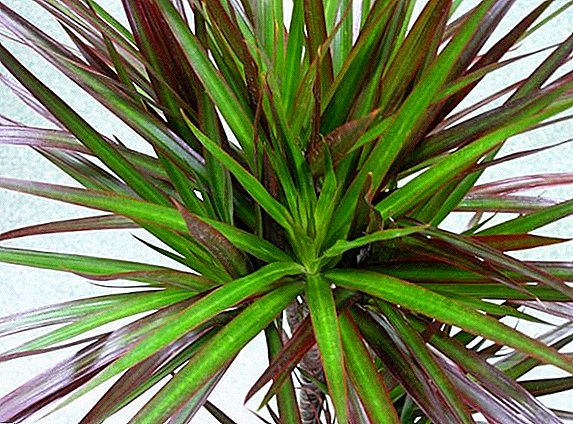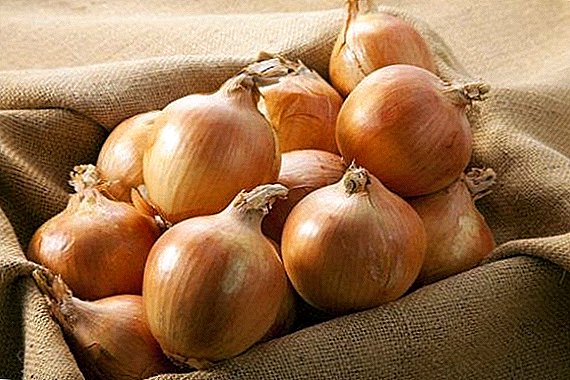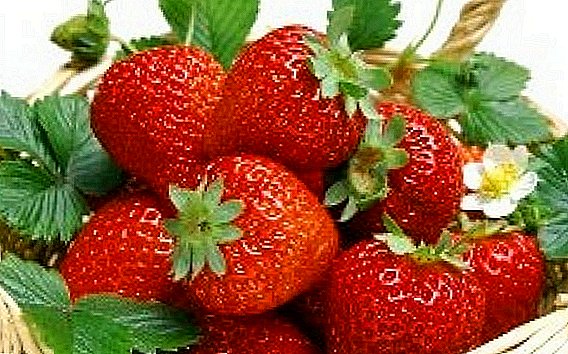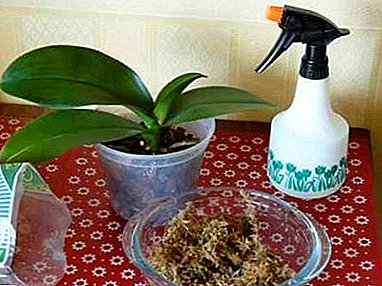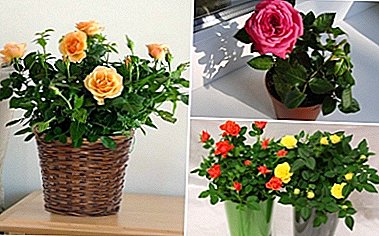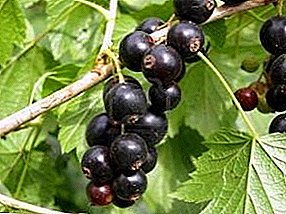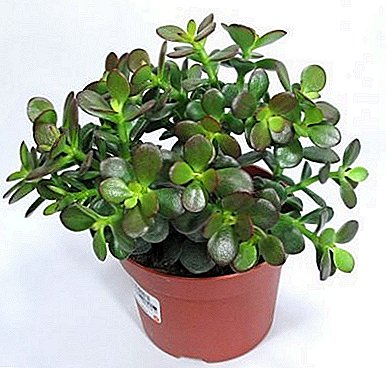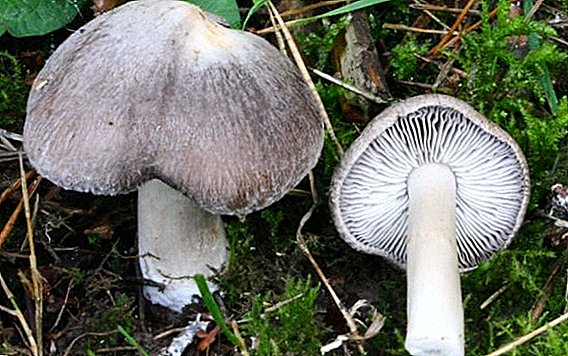 Row earthy is a mushroom, which most lovers of outdoor recreation bypass. Often the species is not noticeable, since its grayish-brown cap perfectly hides the fungus from the eyes. But despite this, it is found everywhere, characterized by a delicate taste and a bright aroma. That is why, today we decided to introduce in detail all lovers of quiet hunting with this common resident of our coniferous forests, and also to determine its main features.
Row earthy is a mushroom, which most lovers of outdoor recreation bypass. Often the species is not noticeable, since its grayish-brown cap perfectly hides the fungus from the eyes. But despite this, it is found everywhere, characterized by a delicate taste and a bright aroma. That is why, today we decided to introduce in detail all lovers of quiet hunting with this common resident of our coniferous forests, and also to determine its main features.
Other name
This type of series is quite common in Eastern Europe. Therefore, for all the time of its existence, the mushroom has received several names at once, which are both regional and more general in nature. Most often, the species is called the official name - the row is earthy, but for specialists this species is known under the more subtle Latin name. tricholoma terreum.  Among simple mushroom pickers, the mushroom is known as a row of earthy gray or ground row. But the most creative were the inhabitants of the southern regions and the Black Sea region. Thanks to its rich gray tint, these mushrooms were named "little mouse". This name is widely found to this day.
Among simple mushroom pickers, the mushroom is known as a row of earthy gray or ground row. But the most creative were the inhabitants of the southern regions and the Black Sea region. Thanks to its rich gray tint, these mushrooms were named "little mouse". This name is widely found to this day.
Did you know? In 2011, in China, on the island of Hanan, the largest mushroom in the world was found. A scientist from the Chinese Academy of Sciences, Yu Cheng Daemu, in the wild, was able to find a specimen weighing more than 500 kg. As the researcher believes, it took the mushroom about 20 years to achieve such an impressive weight.
Edibility
Row earthy gray refers to 4 edible class. This means that the view is absolutely safe for humans in any form of heat treatment. An exception is the use of the fungus in its raw (non-pickled) form. In this case, the fungus can cause diarrhea and other body disorders. These mushrooms have a rather poor set of proteins and other nutrients. Therefore, most nutritionists recommend to use them only as an additional product.
Important! To abuse dishes from ryadovki not worth it. Its composition contains substances that are similar to the toxic toxins thin svushki. When excessive intoxication, they can cause disruption of the muscular system and liver.
How does it look
This mushroom has a recognizable and rather remarkable appearance, so for most mushroom pickers it is not difficult to distinguish mice from related species.  To be completely sure that it will fall into the basket (and then on the table), it is necessary to become familiar with the basic morphological features of the fungus. Only in this case will it be possible to completely protect yourself and loved ones from a possible meeting with a poisonous species.
To be completely sure that it will fall into the basket (and then on the table), it is necessary to become familiar with the basic morphological features of the fungus. Only in this case will it be possible to completely protect yourself and loved ones from a possible meeting with a poisonous species.
Edible are such types of ryadovki as gray, green, purple, poplar, yellow-brown. Row white is an inedible type that causes GI upset.
Hat
In the course of the life of the fungus, its cap may change significantly. This feature is its characteristic feature that distinguishes it from related species. In young ryadovok, most often it has a slightly spherical or conical shape.  With age, the shape of the cap changes to a flat-convex or convex, with a small pointed tubercle in the center. In some cases (depending on the habitat conditions), the knob on the cap becomes rounded or weakly expressed. The diameter of the cap reaches from 3 to 9 cm.
With age, the shape of the cap changes to a flat-convex or convex, with a small pointed tubercle in the center. In some cases (depending on the habitat conditions), the knob on the cap becomes rounded or weakly expressed. The diameter of the cap reaches from 3 to 9 cm.
Did you know? Mushrooms are the only organisms on the planet with an attached way of life, in which, like in animals, urea is produced in the process of vital activity.
In the initial stages of development, the skin of the fungus is silky-fibrous, and then gradually becomes finely flaked. The species is characterized by a private blanket (velum). It protects the underside of the cap and the hymenial layer at a young age. In some cases, the velum in adult ryadovok still remains, but in this case it transforms into a light whitish-cobwebby coating on the edge of the cap. The color of the cap is an advantage of gray or gray-brown color. In some cases there are instances with a reddish-brown color, but this shade is an exception, which is not so common. 
Hymenophor (records)
Earthy range belongs to the plate species. The plates of this mushroom are notched-sprouted. At a young age, they are mostly flat, but over time, their edge acquires a characteristic curvature. The color of the plates also depends on age. In young mushrooms, they are often white, but with age they may acquire a light grayish-brown or gray tint. The number of records is not large, so they are often located quite rarely under the cap. 
Leg
The leg of the mice is cylindrical or spindle-shaped, with a characteristic expansion at the base. Its length is in the range of 3-9 cm, width - from 0.7 to 2 cm. The color of the legs is mainly white with a grayish tint. With age, the color of the leg may change, in older specimens in the upper part it may be white, and acquire yellowish tones to the base. 
Did you know? Most of the fungi, including the earthy ones, are characterized by the so-called mycorrhiza, a mutually beneficial symbiotic association with higher plants. The root system of the fungus (mycelium) tightly braids the roots of the tree, absorbing their release. In turn, the fungus releases into the soil various organic acids and other compounds that help the tree to extract the necessary nutrients from the soil.
Pulp
The pulp is dense, moderately watery. It has a light floral aroma and sweetish taste. The color of the pulp is white, but sometimes it may acquire slightly grayish tones.
Where to grow and when to collect
The ryadovy live earthy in temperate and subtropical climate everywhere. Therefore, the mushroom grows widely in Eastern Europe, the Caucasus, Siberia and the Black Sea. Most often it can be found in coniferous or pine forests on calcareous or sandy soil. Sometimes the rows grow in mixed forests, but in this case, conifers should still be the predominant type of vegetation. Active growth and reproduction of the fungus in a temperate climate is observed in the middle of August and lasts until the end of October. In the subtropical zone, the fungus can bear fruit until mid-February. 
What can be confused
The earthy row has few natural twins, but among them there are quite dangerous for humans species that have a whole complex of highly toxic compounds. Therefore, before eating mushrooms, it is necessary to study the morphological features of all twins. Not only the success of the future dish may depend on it, but also the safety of you and your loved ones.
Learn more about edible and dangerous mushrooms: a list of edible species; edible forest mushrooms; edible and poisonous mushrooms growing on trees; poisonous mushrooms.
Most often ranked confused with the following types:
- tiger rowing is a poisonous member of the ryadovkovye family. It is characterized by a grayish-brown or silver-gray cap. The leg has a gray or grayish-brown color, with a characteristic mealy coating. The cap often reaches a diameter of about 12 cm, the thickness of the stem is 1-3 cm, and the height is 4-8 cm. The plates grow together with the stem, an off-white color with an olive-yellow or gray-green shade. A distinctive feature of the type of edible ryadovki is excessively large cap and the characteristic color of the plates;
- Pointed rowing - a poisonous member of the family Rowers. The appearance is characterized by an ash-gray tint of the cap with small characteristic stripes, as well as a light gray stem with distinct longitudinal stripes. The diameter of the cap of the mushroom does not exceed 8 cm, while the thickness of the leg varies from 1.5 to 2 cm, and the height is not more than 6-8 cm. The plates of light shades, with a deep notch, are almost free. A distinctive feature of the type of edible ryadovki are characteristic stripes on the cap and stem;
- pale grebe is a deadly member of the Amanita family. It is characterized by a grayish, olive, or slightly greenish cap. The leg may also be painted in pale olive, gray or slightly greenish tones, but sometimes it may be white. The diameter of the cap varies between 5-15 cm, the height of the leg is 8-16 cm, the thickness does not exceed 2 cm. There is often a characteristic white skirt on the leg. The plates are soft, loose, numerous, mostly white or light gray shades. A distinctive feature of the type of edible ryadovki is the uncharacteristic combination of color of the cap and leg, excessively large size of the cap, as well as the skirt "on the fruit stem.



How to use in cooking
Rowing earthy quite widely used in cooking, along with the more valuable species of mushrooms. Despite its low nutritional value, all kinds of mushroom dishes are distinguished by a delicate and bright mushroom flavor. This type is ideal for any recipes and during cooking does not lose its density and structure.
We advise you to get acquainted with the technology of cooking mushrooms: salting, pickling, drying, freezing.
Therefore, the earthy rowing can often be found as one of the ingredients of all kinds of cooked, fried, stews and soups.  In addition, a distinctive feature of the range is its ability to be stored for a long time after processing, so it is ideal for salting and preservation.
In addition, a distinctive feature of the range is its ability to be stored for a long time after processing, so it is ideal for salting and preservation.
Important! Before cooking all kinds of dishes, rowing should be boiled in lightly salted water for 10 minutes, otherwise the fungus can cause a disorder of the gastrointestinal tract.
Row earthy is one of the most common fungi in the temperate and subtropical climatic zones. Despite the fact that it is not a favorite product on our table, the mushroom can easily conquer any gourmet. Dishes from it have a bright and rich taste, as well as an unforgettable aroma. But before you take a row to your basket you must be sure to get acquainted with all its features, as well as carefully study the appearance.


